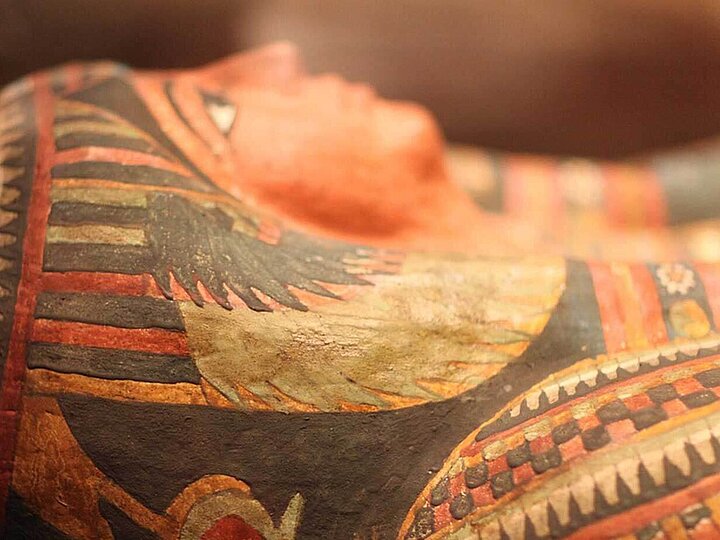Why analyzing mummies? An interview with Dr. François Fourel
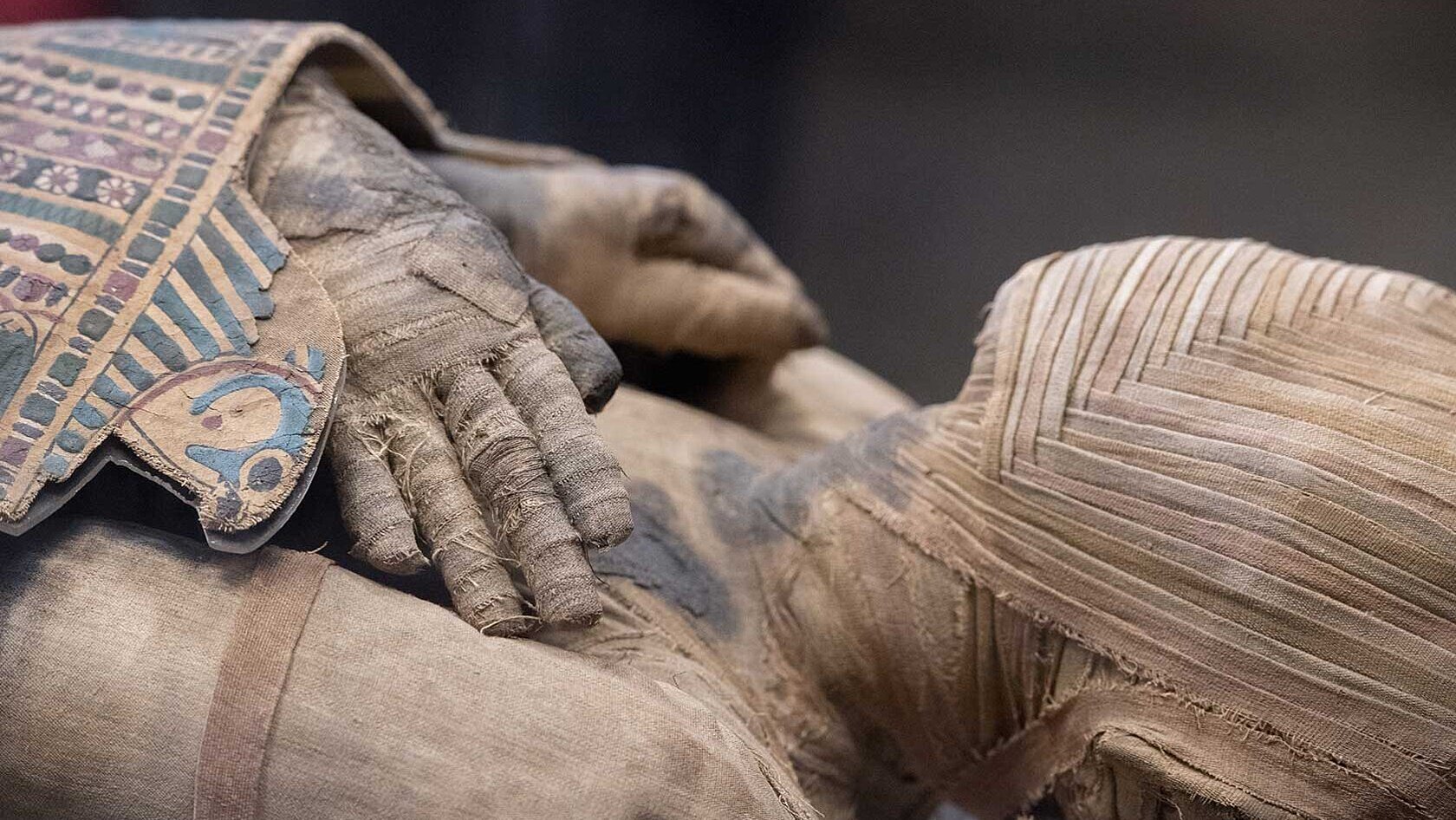
Dr. François Fourel is a research engineer at the Centre National de la Recherche Scientifique (CNRS) at the University Claude Bernard Lyon 1 in Lyon and heads the Laboratory for the Ecology of Natural and Anthropogenic Hydrosystems, a stable isotope mass spectrometry facility. In the previous blog article "What's cooking, mummy?", we learned what isotopes can tell us about the diet of the Ancient Egyptians and what these insights into their diet tell us about the economy, trade and wealth of their time.
Dr. François Fourel was investigating the stable isotope ratios of centuries-old mummies to answer these questions. In this interview, we wanted to ask him: why mummies? And why is it so interesting what the Ancient Egyptians ate?
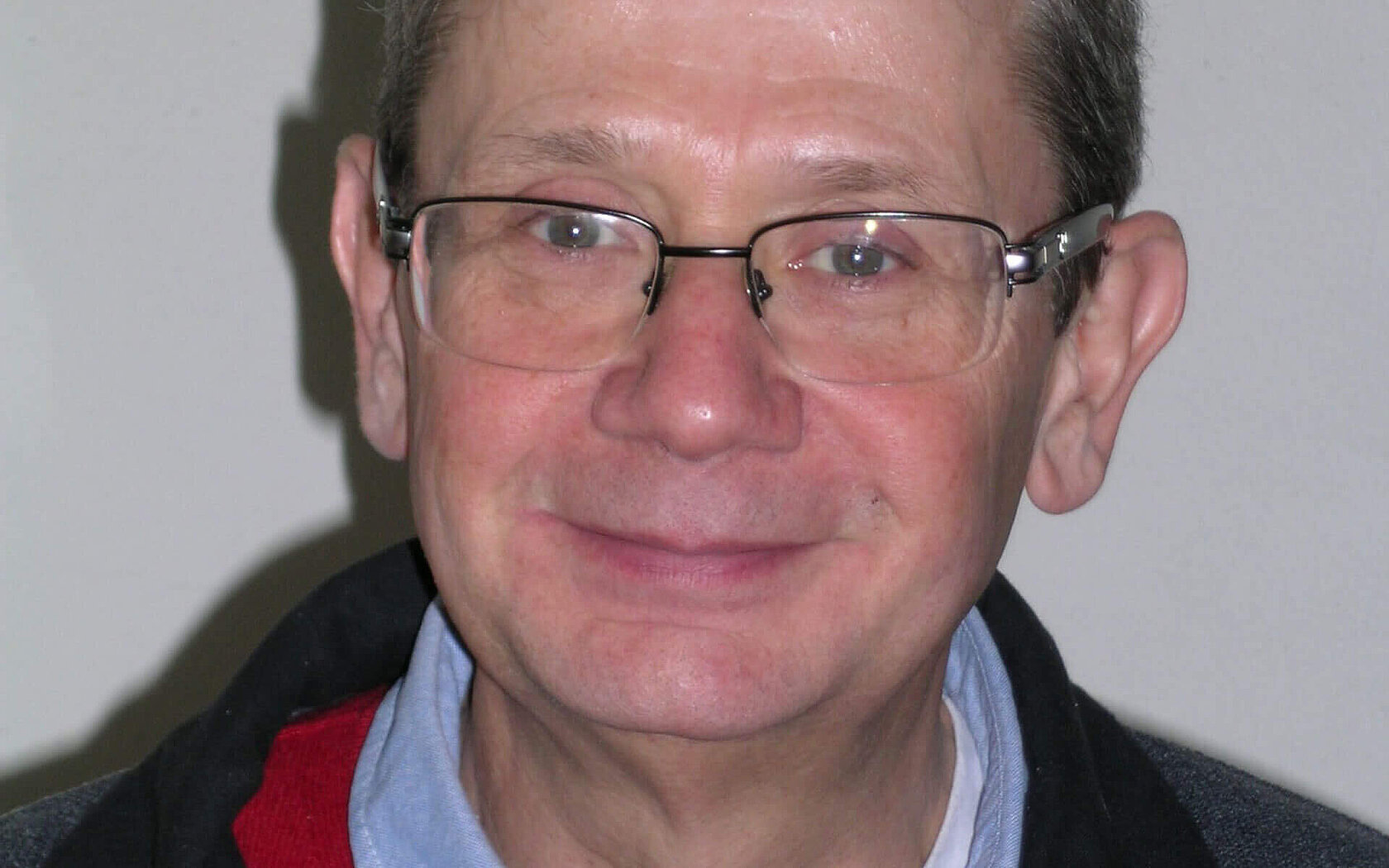
Dr. Fourel, would you describe the Ancient Egyptians as gourmets?
This is a difficult question. Of course, you first have to define what a gourmet is. The people we studied lived between 5000 and 1300 years before Christ and had very different culinary habits than we have today.
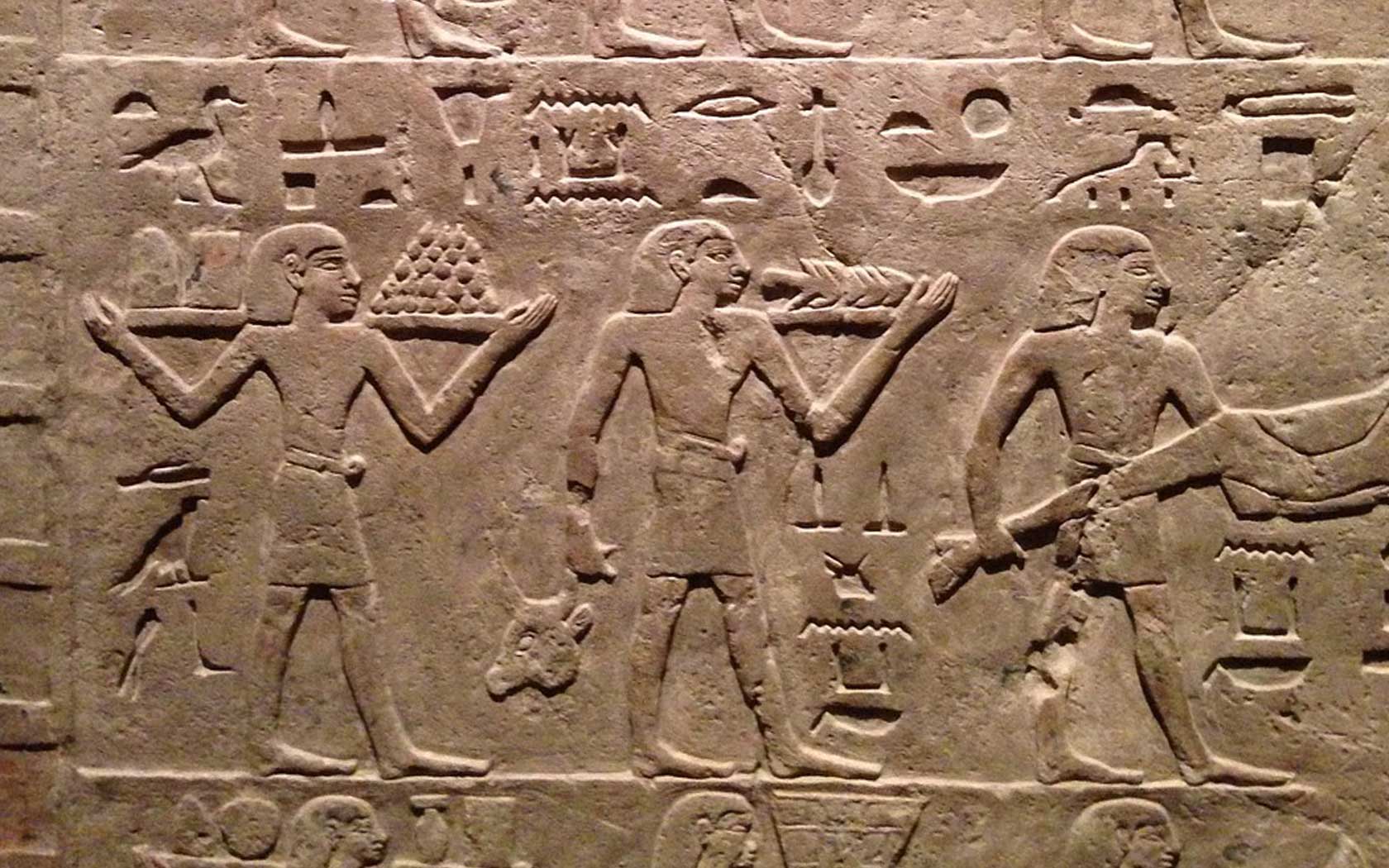
You studied Egyptian mummies to find out about their eating habits. How did you get involved in this field of research?
The original purpose of this study was not to examine eating habits, but to examine mummies as proxies, or indirect indicators of climate, and thus to look at climate variations in Ancient Egypt. During the sampling process at the museum, we realized through conversations with the staff there that we could also gain insight into dietary habits.
With each sample taken from a mummy, we lose both a piece of history and part of the mummy forever.
What method and equipment did you use to examine the mummy samples?
First, I performed carbonate analyses using a MultiPrep system with two inlets. Then elemental analyses in combustion and pyrolysis mode with a vario PYRO cube®. These techniques provide different answers and are valuable when answering scientific questions. The Advanced Purge and Trap technology of our vario PYRO cube® was especially important for δ34S analyses of samples with relatively high C/S ratios.
The laboratory of the University Claude Bernard Lyon 1 has many isotope ratio mass spectrometers (IRMS) installed. The facility has two instruments with vario PYRO cube® elemental analyzer systems (EA-IRMS) and one with Dual Inlet MultiPrep functionality.
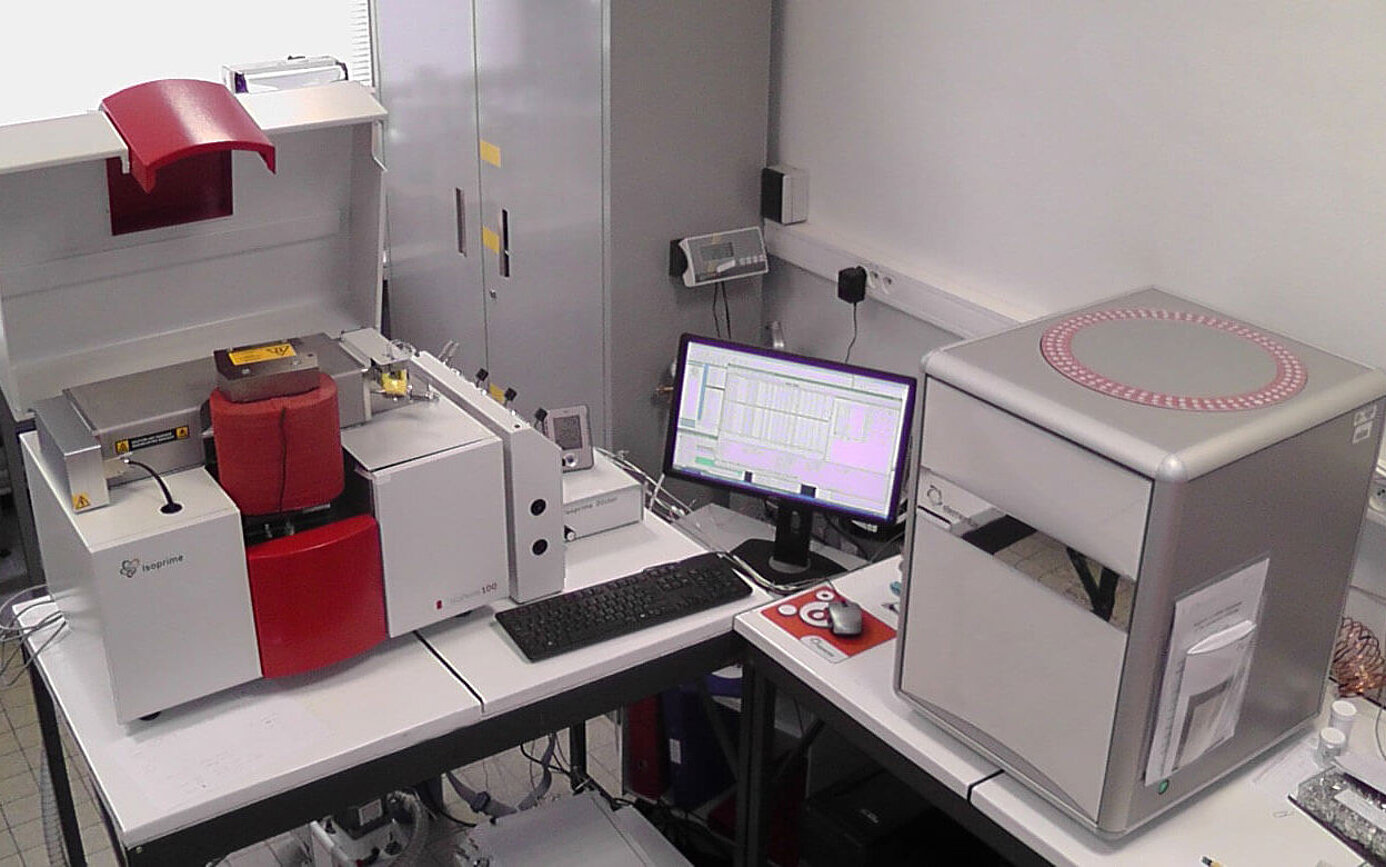
What were you able to find out about their eating habits when you examined the mummies? For whom and why is this information relevant?
Ancient Egyptians primarily consumed food grown around the Nile River. Using carbon isotopes we confirmed that the individuals studied consumed the same type of C3 plants, although their environment tended to favor C4 plants. C3 and C4 describe different pathways of photosynthesis, i.e. the metabolism of the plants. This is an important parameter for archaeologists studying agricultural practices. We were also able to narrow down the type of diet, such as the amount of animal protein consumed. The most important sources of protein were large mammals such as cows, goats and sheep, and only rarely fish and poultry.
Up to around 50 % of the Ancient Egyptians' diet consisted of animal protein - lower than the average 64 % characterizing modern omnivorous Europeans. This is of interest to Egyptologists who want to understand the dietary habits of these populations. Of course, we must keep in mind that the samples we examined were from individuals of the Egyptian upper class. This means that they may not reflect the lifestyles of the average population. These people would probably have eaten a lot more fish in everyday life, but we don't have samples to test this hypothesis.
The study ran over a period of four years. How long have you been working as a researcher yourself?
I have been in an academic position for 18 years. Before that, I worked in industry for 15 years in research and development. I even built mass spectrometers myself for a while in Manchester.
Were paleontology and archaeology always your childhood dreams?
Not really, no. But science yes. Trying to understand how the world around us works or sometimes doesn't work – that has always interested me. Geology, geochemistry, and paleontology came later.
A little science fiction question: Will our remains also be studied with isotope analysis in 1,000 years?
Whether that will happen with isotopic techniques is hard to say. But techniques based on particle physics will certainly be involved in one way or another.

Find out more
If you would like to find out more about Dr. François Fourel's research, take a look at the publication “Diet of ancient Egyptians inferred from stable isotope systematics" that was published in the Journal of Archaeological Science, which describes his research in greater detail.
Get an insight about Dr. François Fourel's work at the CNRS (Centre national de la recherche scientifique) Research Engineer in charge of a stable isotope mass spectrometry facility at the University Claude Bernard Lyon1in our Customer Spotlight.
Do not miss any news articles
NEWSLETTER
We will constantly publish new blog articles. Register for our newsletter to stay up-to-date and get informed about latest blog articles, news and trends.

